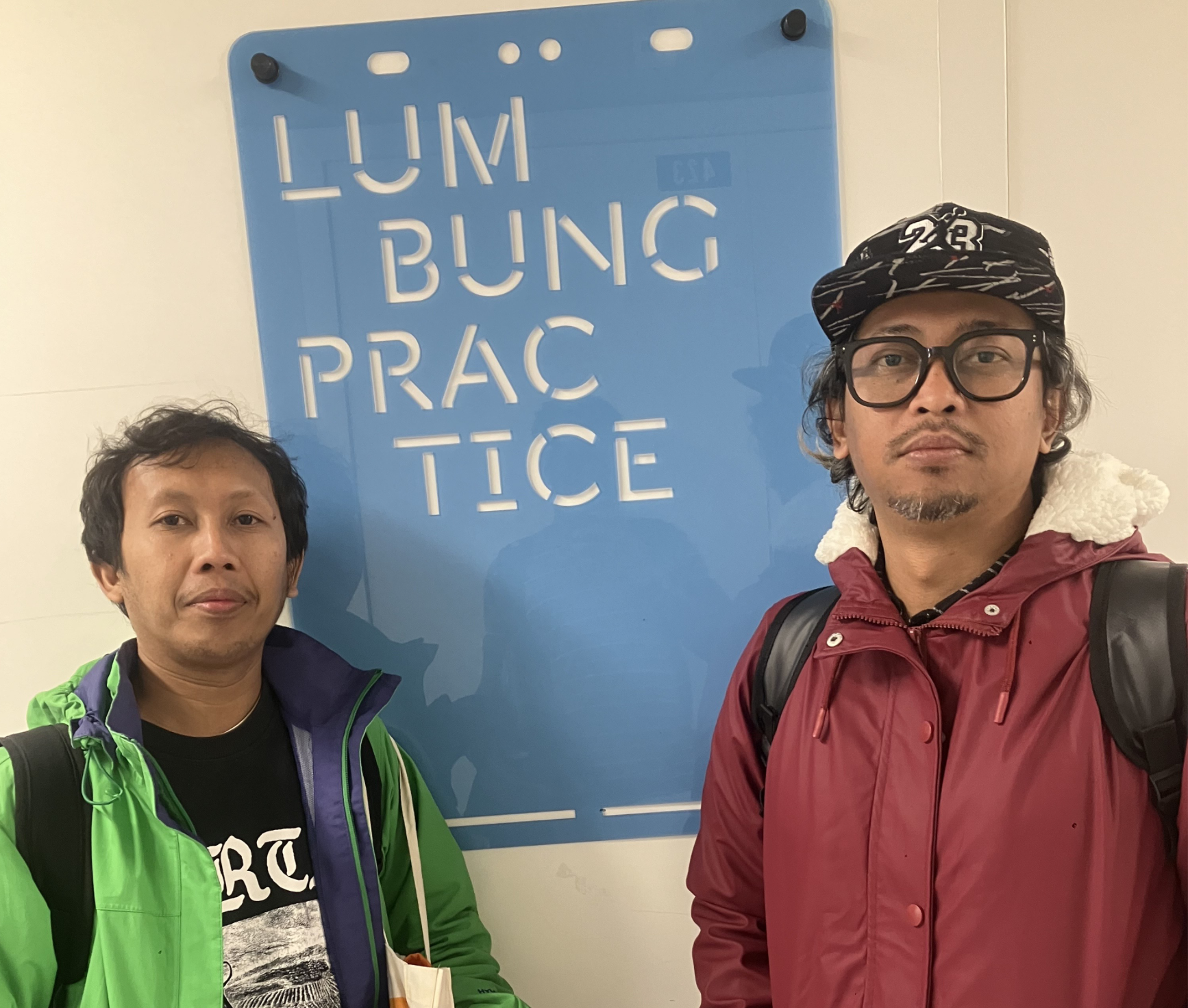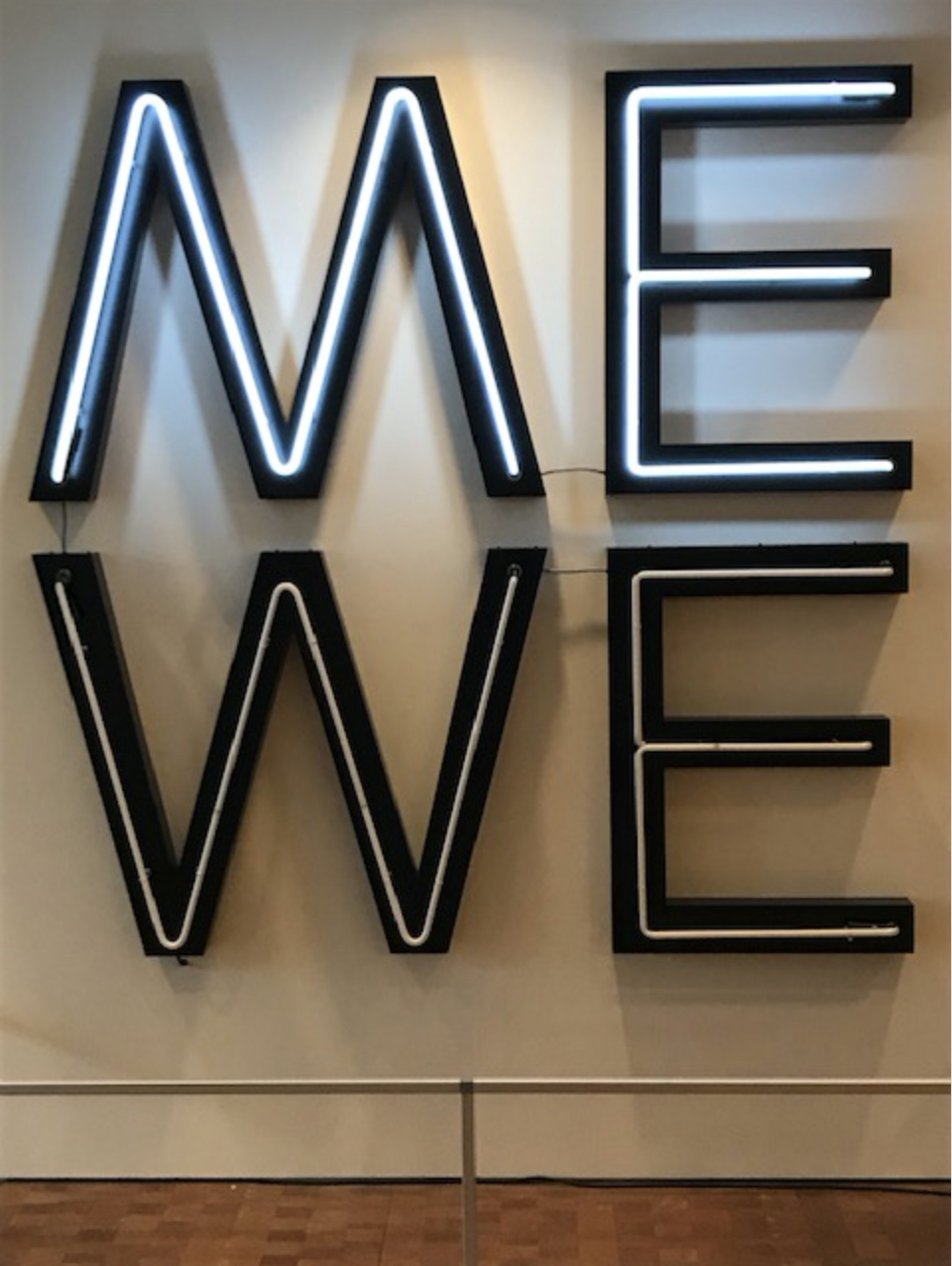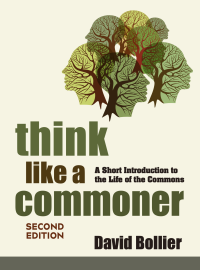Commoning within Arts Collectives: Three International Stories
What are some of the distinctive ways that precarious arts collectives share resources, support each other, and make art?
I recently learned a lot about this topic from a workshop of international artists convened in Amsterdam. Most of the artists are associated with the so-called Lumbung Practice collective, an interdisciplinary group experimenting with how to cultivate a commons-based art economy.
The artists come from Indonesia, Iran, Morocco, transqueer-migrant disaporas, and other geographies and circumstances, so they have some very different experiences and talents. And yet they have a deeply shared interest in commoning. What has brought them together is the Lumbung Practice master’s program at the Sandberg Instituut in Amsterdam, directed by Gertrude Flentge. It's an arts program dedicated to commoning in the arts!

Lumbung is an Indonesian term for a communal rice barn, which is a space in which farmers contribute their harvests, collaboratively manage its storage and distribution, and share a social space of interdependence. It’s a culturally resonant practice for describing a community based on trust, generosity, sufficiency, endurance, place-based work, ethical dealings, and humor.
The term Lumbung got a huge burst of visibility a few years ago when an Indonesian artist collective, ruangrupa, was selected to curate documenta 15, a prestigious international art exhibition in Kassel, Germany. The group boldly decided to run the high-profile exhibition as an experiment in commoning, inviting dozens of artists from around the world to collectively curate the art. Suddenly there was a more recognized term for the contextually based, relational practices of artists. Flentge joined the ruangrupa team to help develop the documenta 15 exhibition in 2022, so she learned a great deal about the ethic and practices of Lumbung during that time.



 970 law review article. Sax died on Sunday, which prompts these reflections on the far-reaching effects of his creative legal scholarship.
970 law review article. Sax died on Sunday, which prompts these reflections on the far-reaching effects of his creative legal scholarship.









Recent comments